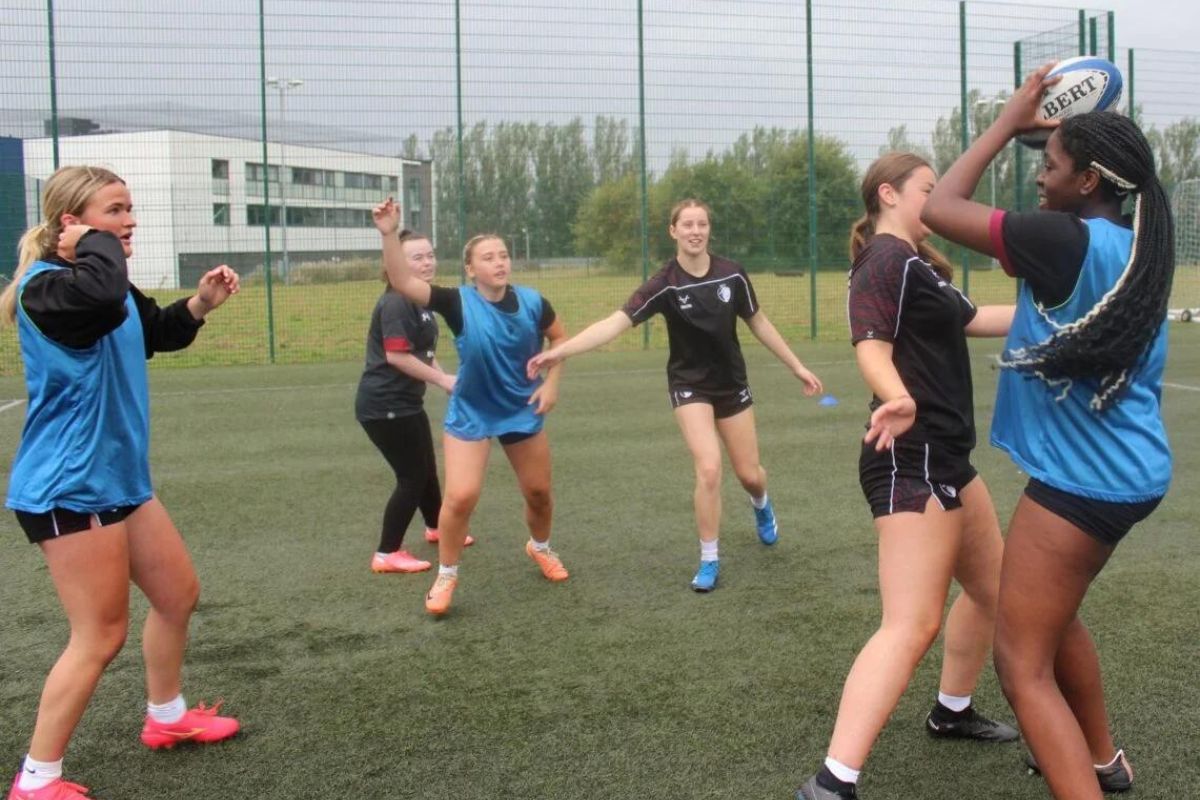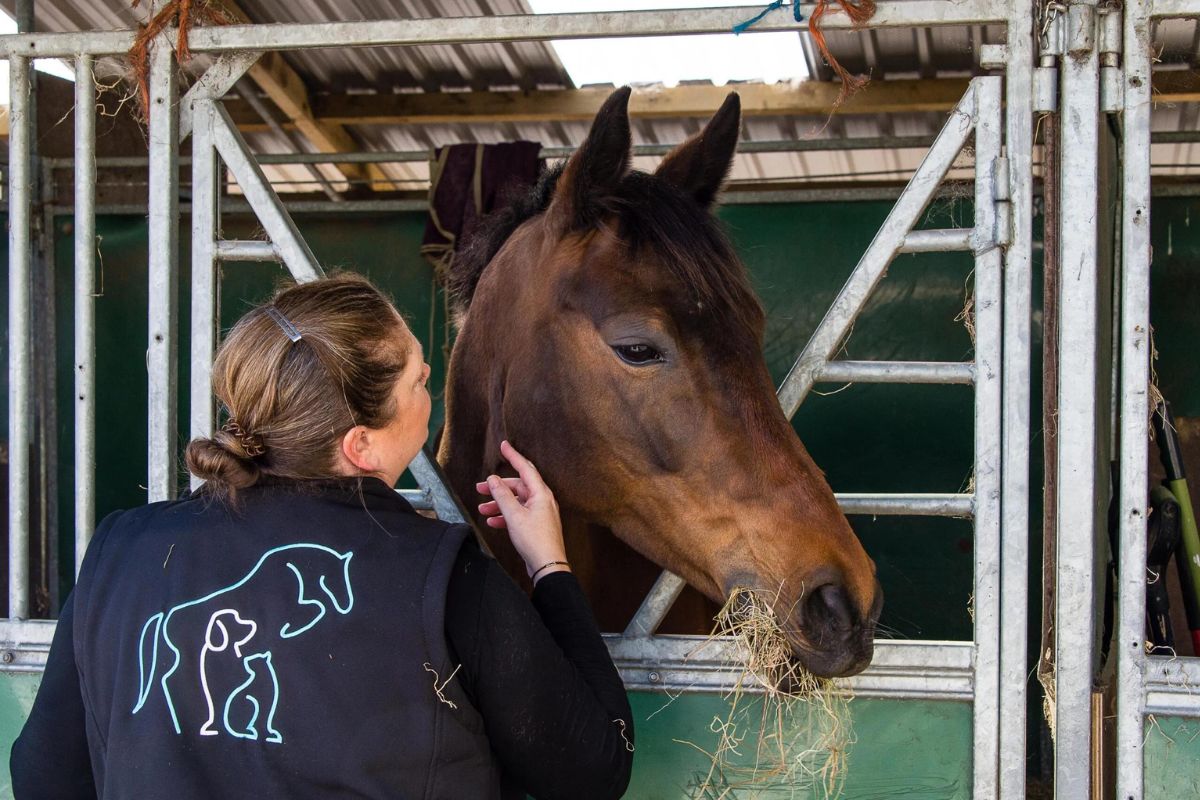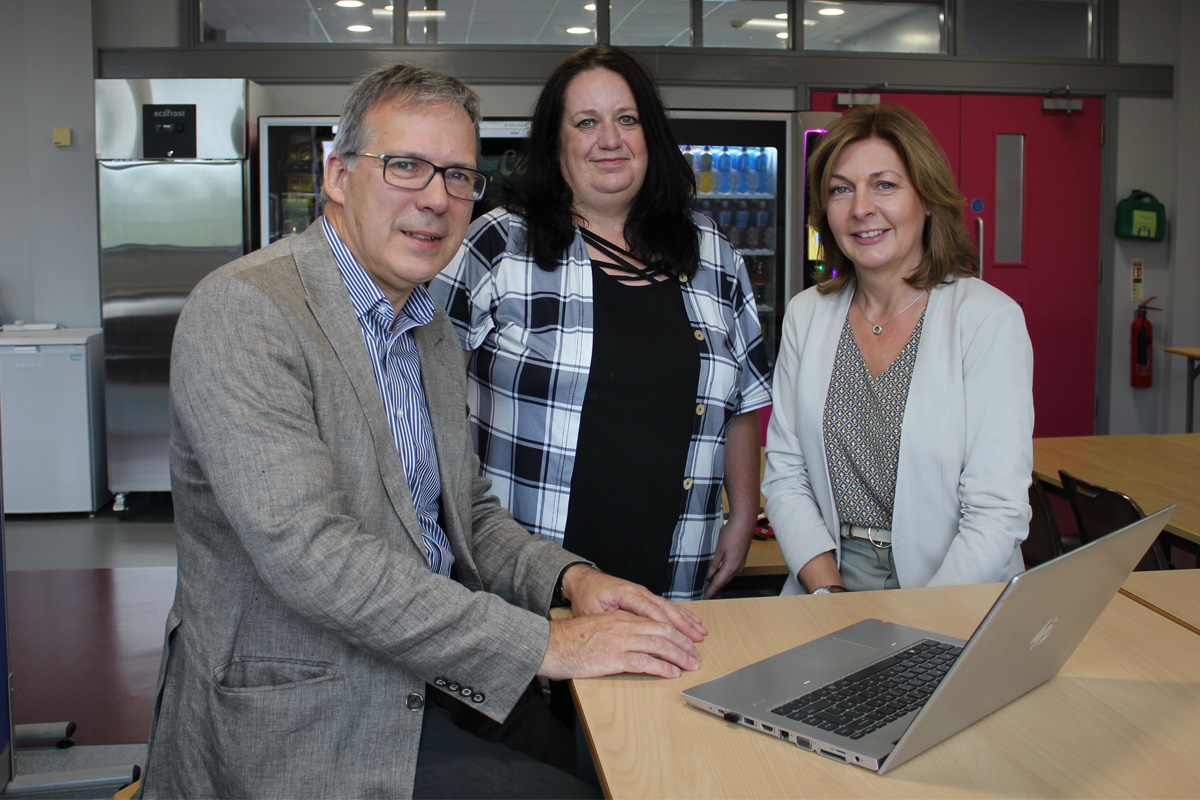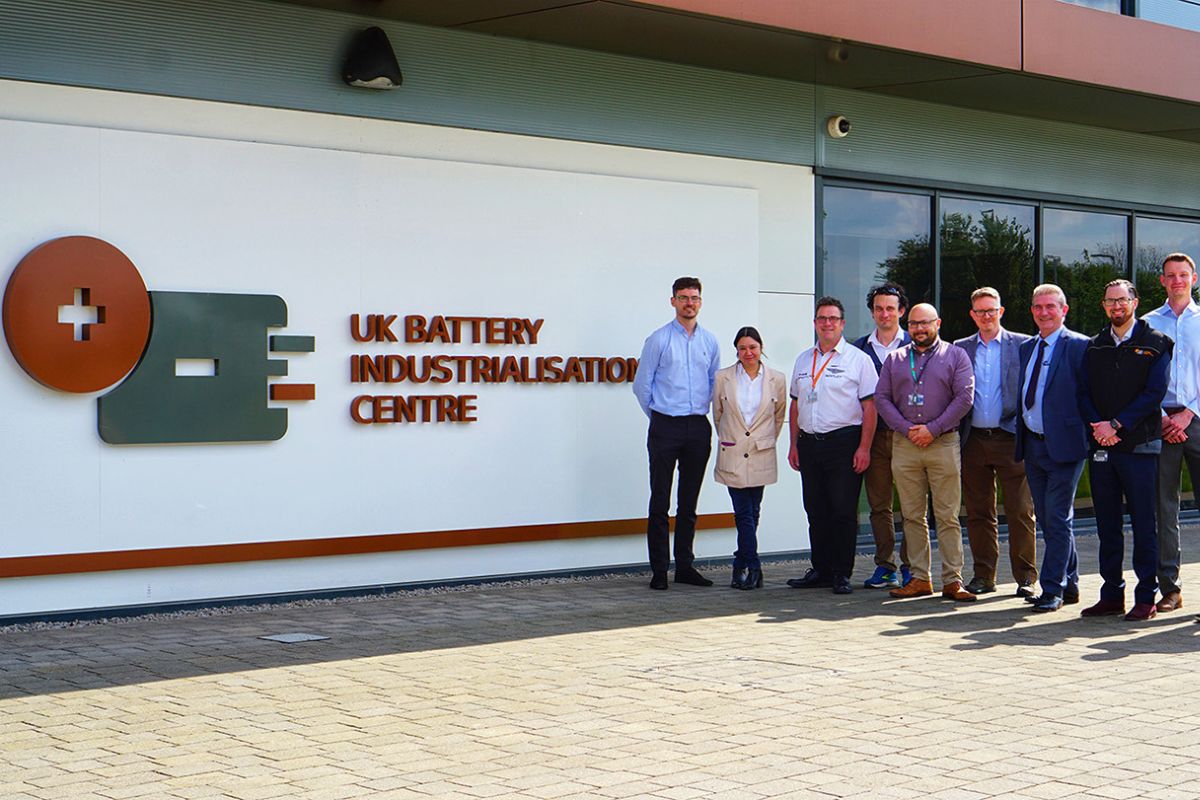Bridging the gap between further education and engineering

Further education is an important part of the education system that can lead to a successful career, with many options related to engineering. The majority of young people understand the traditional academic route of university which can help them in starting their chosen career, however, the vocational routes such as apprenticeships are often overlooked. Numbers are in decline, and low female participation is of real concern. To meet the future need for engineering skills, we need to increase diversity throughout the engineering pipeline at all stages of education and showcase the opportunities available.
At EngineeringUK we aim to help young people understand what engineering is, how to get into it, and be motivated and able to access the educational and training opportunities available. As we publish updates to our educational pathways research, we look at engineering-related qualifications across the different stages of education and identify the key issues.
In EngineeringUK’s briefing on further education (FE), apprenticeships and engineering, we noticed that the numbers studying engineering-related NVQs, BTECs and apprenticeships are in decline. The Covid-19 pandemic has played a part in this, with FE colleges shutting their doors during lockdowns and, due to the practical nature of many apprenticeships, those who had already started as apprentices told to put their work on hold. But even before then, the trend was a decrease in the number of apprentices . Engineering and manufacturing have been particularly hard-hit with only around a half the number of apprenticeship starts in England in 2020/21 (39,510) compared to in 2016/17 (75,020).
Identifying and understanding the challenge
Young people need to be motivated to chose and achieve good grades in relevant STEM subjects at secondary school. Encouragingly, the numbers of students studying single sciences at GCSE/Scottish National 5 level are increasing, although numbers studying computing and design and technology are on a downward trend. As students move into further study such as A levels/Scottish Highers, fewer choose to study the subjects that would enable them to continue on a vocational or alternative route into engineering
With the introduction of T levels, a number of which will be engineering specific, there is hope that there will be clearer vocational pathways into engineering, whilst also allowing the flexibility to move across different educational routes. Construction made up around a fifth of the total 5,450 enrolments on T levels in the 2021/22 cohort, and the health and science T level, despite being in its first year, saw the greatest intake, with 1,600 participants. As more engineering-related subjects are introduced over the next few years, there are more options for young people who may not see themselves taking traditional academic routes into the workplace.
Every young person has a different way of learning and working so it is vital that we showcase the wide range of pathways into engineering, as well as the many other subject areas. Not everyone has access or the resources to take a traditional academic route, such as studying at university, so it is important that we make clear to young people the alternative and vocational routes available .
Diversity and inclusion for young people
However, to meet the increasing need for the number of engineers in the future, the workforce needs to diversify. We know that attracting more women into engineering would contribute to this. Much like in the workforce, we see that female entrants on further education courses and apprenticeships related to engineering are slowly increasing but are far lower than other subjects. Overall, 13.7% of engineering and manufacturing achievements in vocational qualifications were by women in 2020/21, but there was big variation between subjects. Just 4.9% of construction achievements were by women, a long way from the 42.8% of ICT achievements. Similarly, women made up only 14.5% of engineering-related apprenticeship starts in 2020/21, though the good news is that this was an increase from 8.1% in 2016/17.
It appears that many girls choose not to study STEM subjects after GCSE/National 5 level, despite having better attainment than boys. With the exception of biology and chemistry, we see much lower female representation in all STEM subjects from A level/Scottish Higher level onwards. If we want to increase this, it is important that STEM careers become more attractive to girls from this early stage.
EngineeringUK’s Engineering Brand Monitor showed us that girls are much less likely than boys to know what engineers can do in their jobs and also much less likely to be interested in a career in engineering or see engineering as a ‘good fit’ for them. If girls don’t see themselves represented in what is widely perceived to be a male-dominated workforce, then it will be more challenging to attract them. The engineering sector includes a variety of roles that require the application of a wide range of skills, including teamwork, leadership, problem solving and innovation, as well as the physical skills needed for some roles. The engineering community are working together to showcase this and need to continue to showcase female role models so that girls can see themselves in a STEM or engineering career and study the required subjects to do so.
Engineering engagement activities are a great way to showcase to all young people that engineering is for them, especially for young girls who do not feel represented in the sector. At EngineeringUK, we run Tomorrow’s Engineers Week every year which is all about inspiring young people about the breadth and diverse range of engineering careers. This year’s Week (7 to 11 November) will focus on looking forward to the engineering feats of the next decade and will feature Tomorrow’s Engineers Week Future Minds Live, where school students across the UK will be able to voice their ideas about how engineering will shape the future.
By Marie Horton, Senior Research Analyst, EngineeringUK











Responses